In a groundbreaking test conducted by the U.S. military, an Artificial Intelligence-controlled modified F-16 engaged in aerial combat with a manned jet. The test, part of the Defense Advanced Research Projects Agency’s (DARPA) Air Combat Evolution (ACE) program, showcased the potential of machine learning in transforming aerial warfare, reports Newsweek.
Dogfight at 1,200 Miles per Hour
Footage released by DARPA showed the two jets maneuvering through the skies around each other at speeds up to 1,200 miles an hour. The self-flying aircraft, a heavily modified two-seat F-16D X-62A, also known as the Variable-stability In-flight Simulator Test Aircraft (VISTA), performed defensive and offensive maneuvers, getting as close as 2,000 feet to the crewed aircraft.
The test, launched from the Edwards Air Force Base in California last September, did not reveal which F-16 came out on top in the within-visual-range aerial combat, commonly referred to as “dogfighting.”
ACE Program: Developing Autonomous Combat Systems
The test marked a major breakthrough in DARPA’s ACE program, which has been developing autonomous combat systems with AI-controlled aircraft since its inception in 2019. Lt. Col. Ryan Hefron, ACE program manager for DARPA, told reporters, “Things are progressing as well or faster than we had hoped.”
Frank Kendall, secretary of the U.S. Air Force, emphasized the significance of the test, stating that the X-62A Team had shown how machine learning-based autonomy “could be safely used to fly dynamic combat maneuvers.”
Machine Learning Becomes a Reality in the Air
Since its start in December 2022, the ACE program has conducted 21 test flights, resulting in over 100,000 lines of flight-critical software changes. Hefron described 2023 as the year “ACE made machine learning a reality in the air.”
Kendall plans to ride in an autonomously flown F-16 later this year, where a pilot will be present to observe the technology at work. “Hopefully, neither he nor I will be needed to fly the airplane,” Kendall said during a U.S. Senate hearing in April.
Beyond Aerial Combat: Autonomous Systems’ Potential
Bill Gray, the chief test pilot at the USAF Test Pilot School, emphasized that the X-62 Ace Program’s research extends beyond aerial combat. “Dogfighting was the problem to solve so we could start testing autonomous artificial intelligent systems in the air,” Gray explained, adding that the research “applies to every task you could give to an autonomous system.”
As the U.S. military continues to explore the capabilities of AI-controlled aircraft and autonomous systems, the successful test of the modified F-16 marks a significant step forward in the future of aerial warfare.
Photo credit: Wikipedia
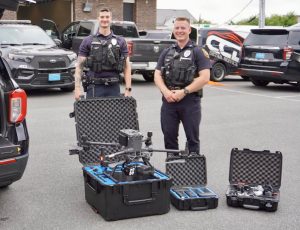




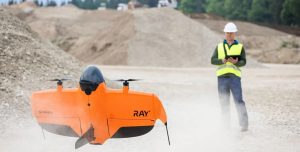
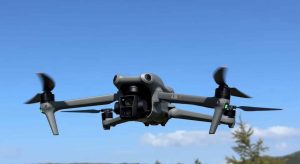
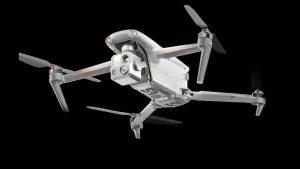

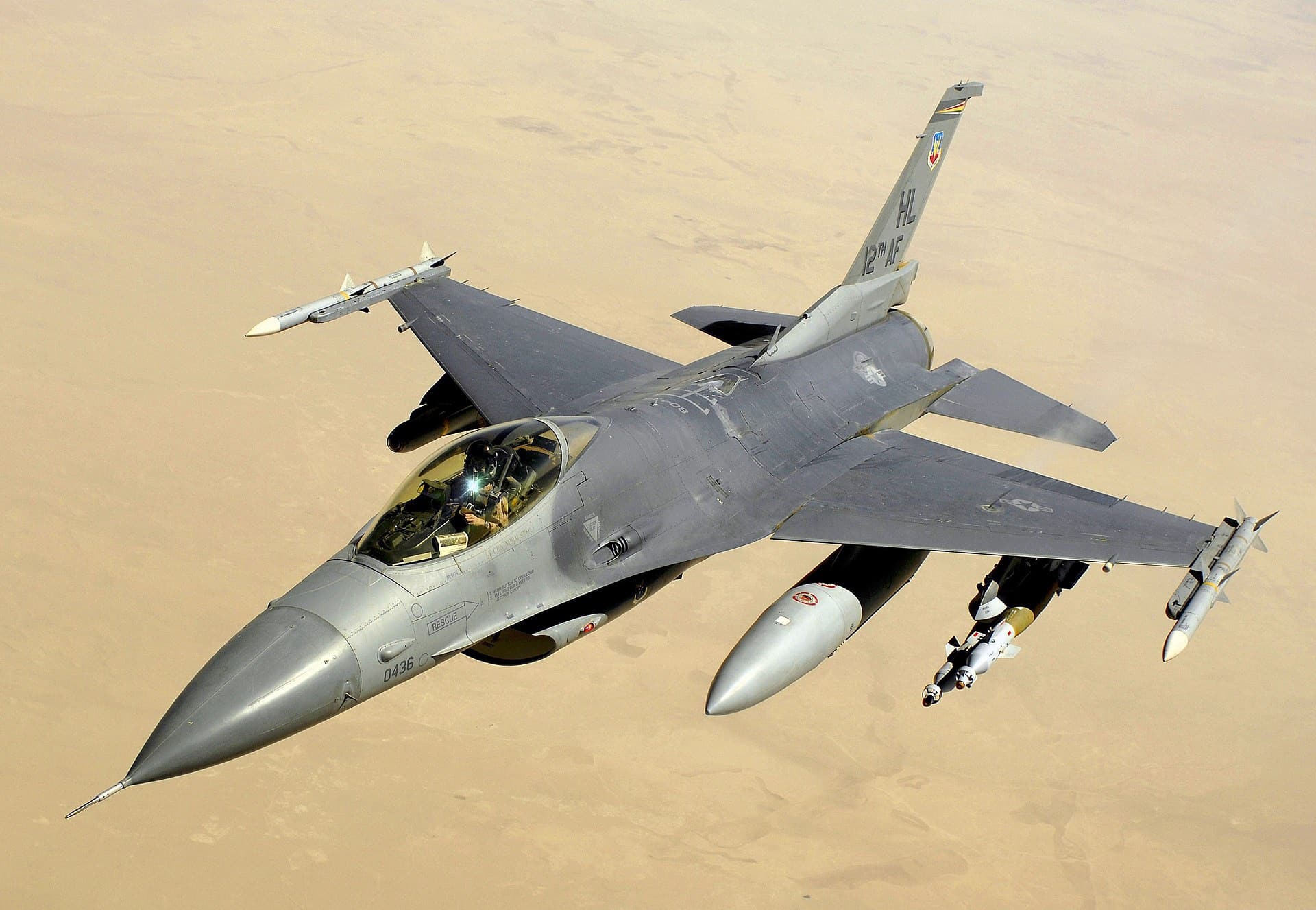
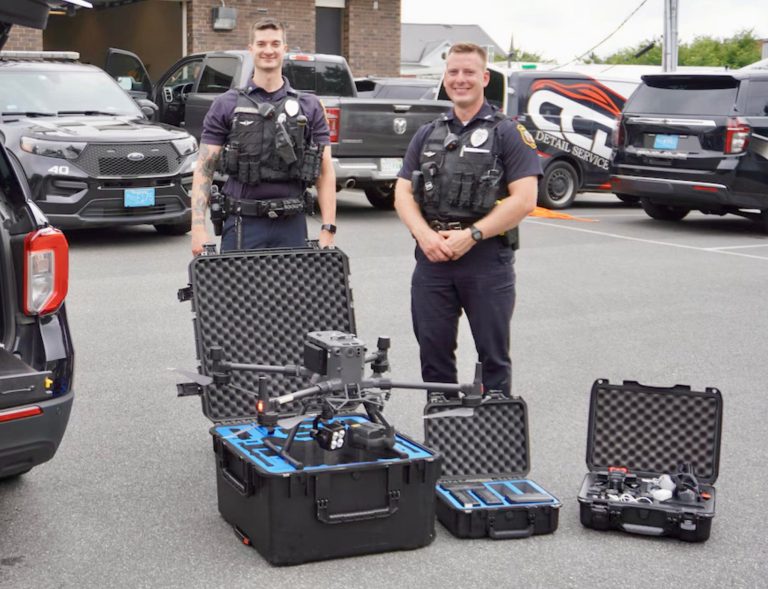







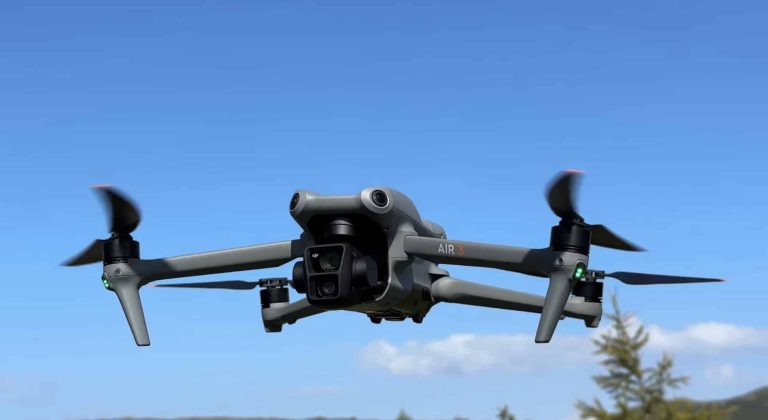
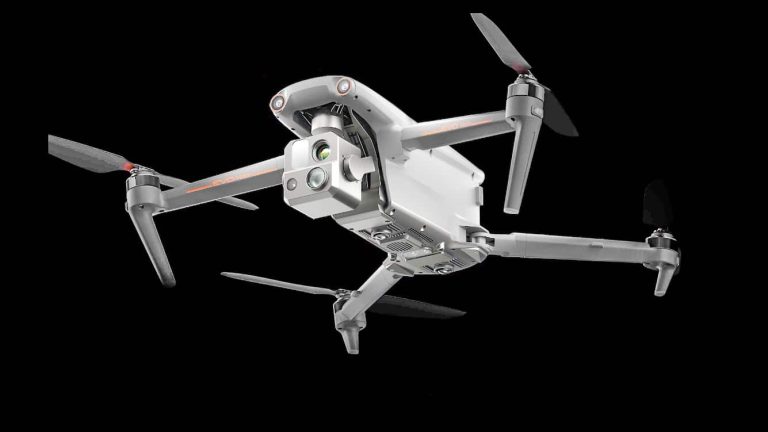
+ There are no comments
Add yours